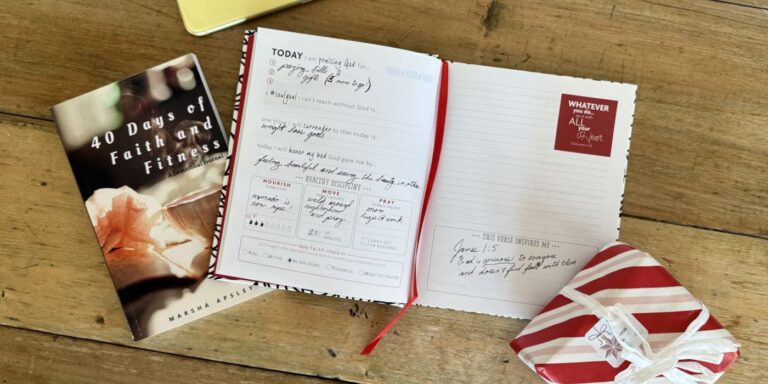KEY # 2: PORTION CONTROL
 Americans consume more calories than any other nation in the world. Everywhere we look we see extra – large and super-sized portions being offered in food and drinks. Beware of “all you can eat buffet spreads” where one can easily consume an entire day’s worth of calories, sugar, fat and sodium in one meal.
Americans consume more calories than any other nation in the world. Everywhere we look we see extra – large and super-sized portions being offered in food and drinks. Beware of “all you can eat buffet spreads” where one can easily consume an entire day’s worth of calories, sugar, fat and sodium in one meal.
Serving sizes have increased over time, which has been a contributing factor. Twenty years ago many drinks were served in 8 ounce cups, where 16 ounces is more common today. Soda servings are over 50% larger, hamburgers are 23% bigger and Mexican entrees are 27% larger. Bagels were roughly 200 calories, where they’ve more than doubles in size and diameter to over 500 calories. This increase in serving size has led to the “bigger is better” value mindset. We want to get the most food for our buck when dining out, particularly budget conscious families who dine out with their kids. This is what makes the buffet dining experience so enticing; it offers great value for the money.
PORTION STRATEGIES FOR YOUR CHURCH
- Display recommended portion sizes to help create awareness and encourage a mindset of discipline and stewardship at church socials and picnics. Provide take-home or to-go containers so that second-helpings and third-servings can instead be enjoyed later.
- As church members learn to reduce portion sizes for all their weekly meals they’ll save money on their food bills. Start a pastor-led initiative to take that savings and give it to a church ministry program that will help others in your community to have better nutrition.
Whether dining out, or eating at home, portion control is an effective tool for aiding in weight loss efforts because the larger the portion, the more we eat. Likewise, the larger the plates and bowls are, the more we tend to eat. Using smaller plates and bowls means less food. Less food = less calories. Divide your plate in halves when portioning your food. Place vegetables on one half, and place equal parts protein and carbohydrates on the other half. Use the fist rule as a general guide to how large your food servings should be when eating. Make a first with your hand, and this should be about the equivalent of your protein and carbohydrate portion.
A healthy example could be asparagus on half your plate, with grilled chicken and brown rice on the other half. A food scale is also highly recommended. Some may view this as extreme, but you might be surprised to see how much you’re really eating. For example, salmon is considered one of the healthier protein sources. Salmon contains about 48 calories per ponce. A healthy 4 ounce portion of salmon contains 192 calories. 4 ounces is not a very big serving, especially when compared by today’s super-size portions. 8 ounces puts you closer to 400 calories, and that’s just for your salmon. You haven’t even counted your starchy carbohydrate calories yet. This is just one example of how eating even healthy food can limit your weight loss efforts. This is why I favor a food scale.
CLICK TO THE NEXT PAGE for Key #3.







